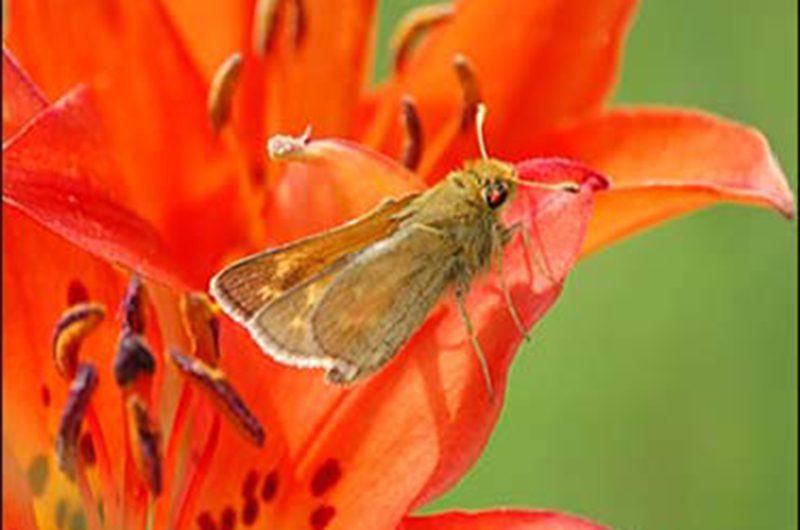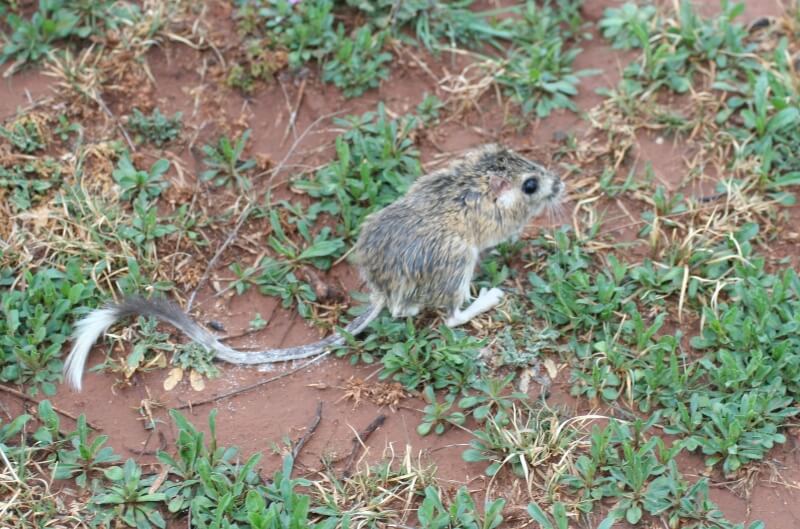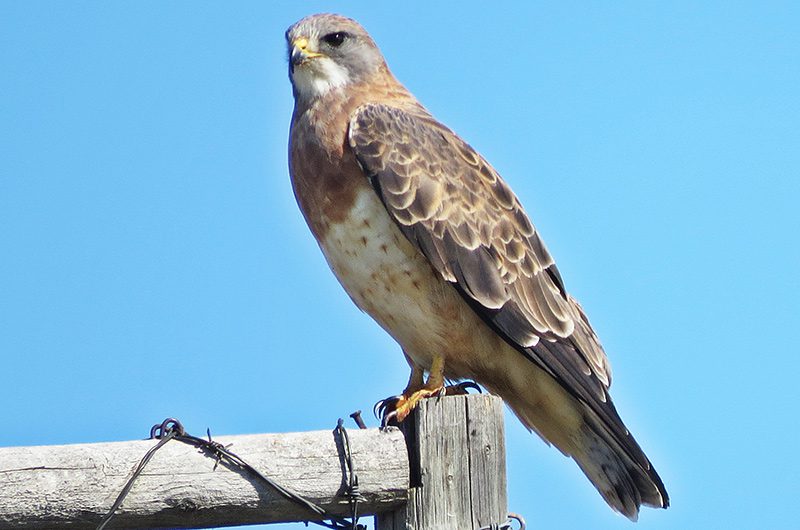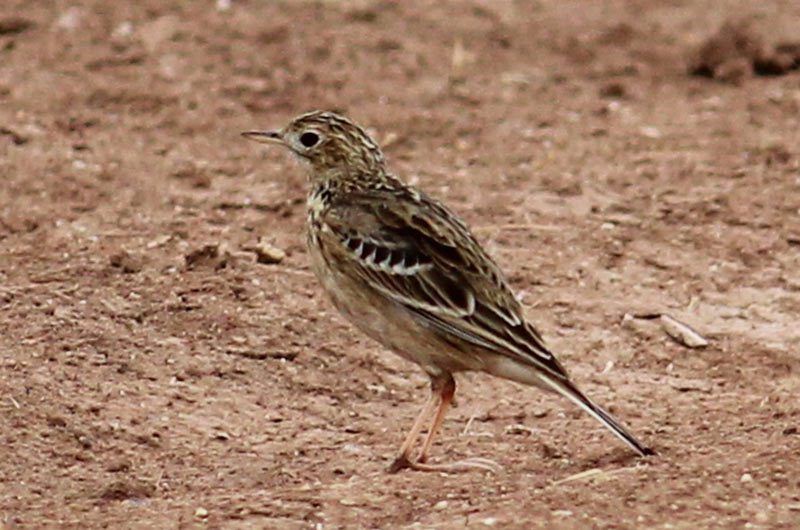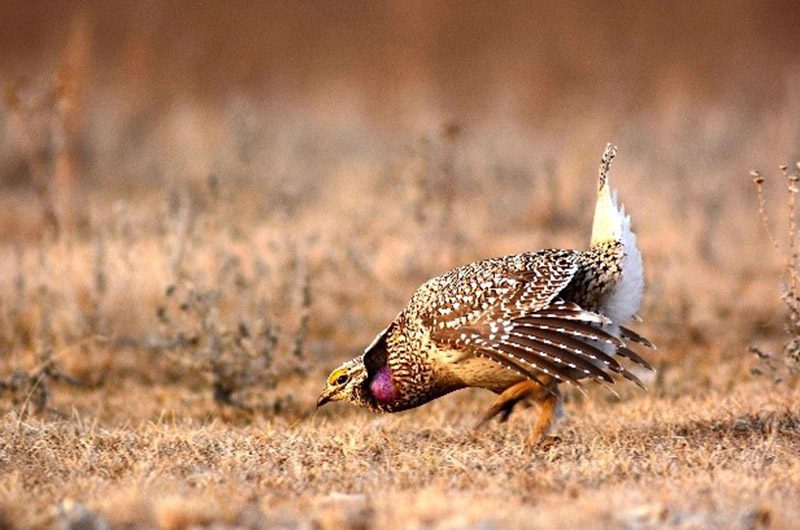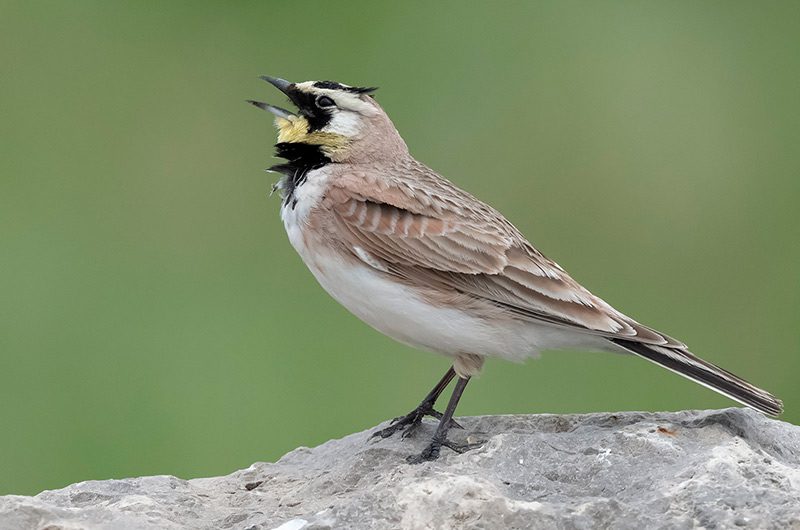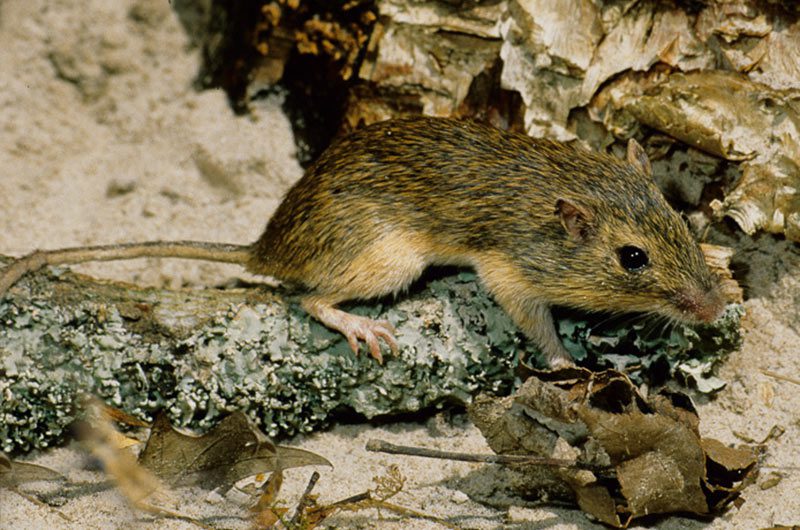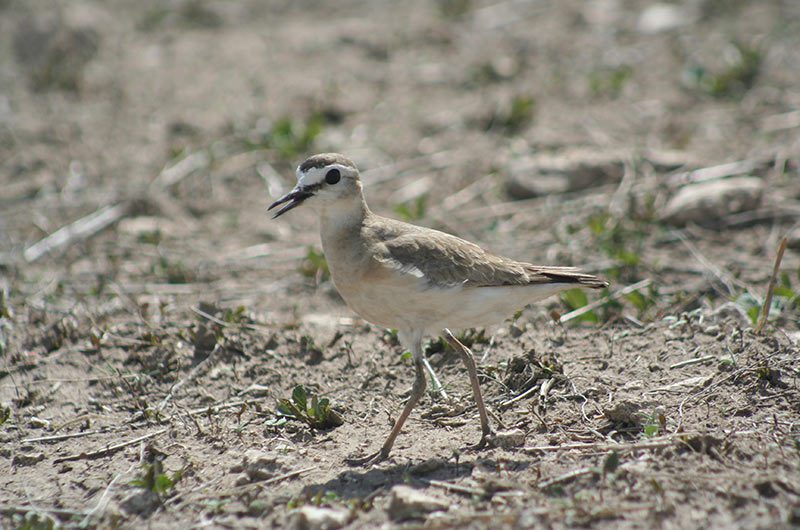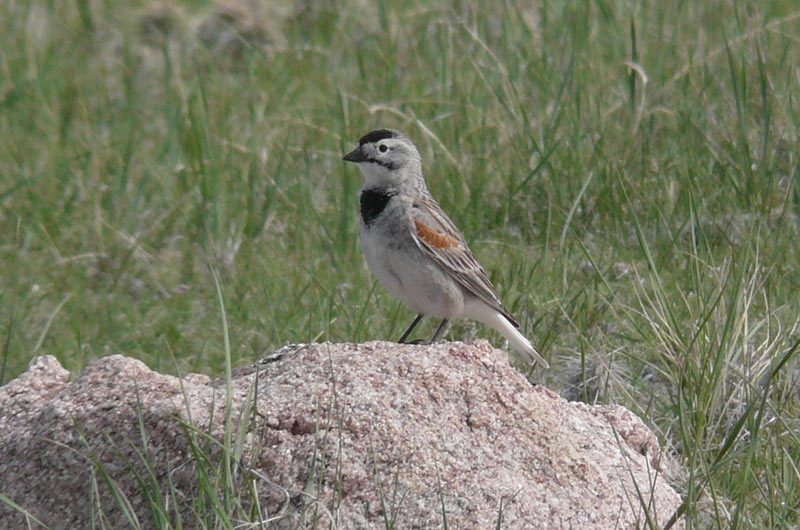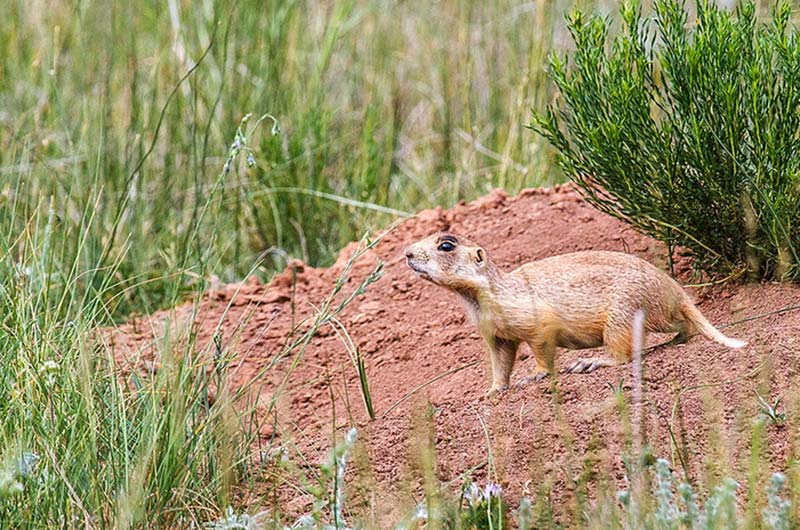LandPKS Learning
Habitat Hub
Factsheets and other helpful resources about the wildlife species living on your land (US only)
Dakota skipper
Dakota skippers spend most of their life as larvae or caterpillars from approximately late July until the following June or July. After hatching, larvae form shelters of silk at the base of grass plants and construct larger shelters as they grow. Dakota skipper larvae overwinter either in these shelters or in buried shelters.
Read moreTexas Kangaroo Rat
Texas kangaroo rats rarely need to drink water. They’re highly adapted to arid environments where standing water is scarce and get moisture from vegetation. They also have cheek pouches which they use to gather grass seeds and store them in their underground burrows to survive drought.
Read moreSwainson’s Hawk
A highly gregarious species, the Swainson’s hawk forages and migrates in flocks sometimes numbering in the thousands. Its movement through Central America has been described as among “the most impressive avian gatherings in North America, since the demise of the Passenger Pigeon”. Nearly 350,000 Swainson’s hawks have been counted passing over a single point in Panama City in October and November, and up to 845,000 have been counted in a single autumn in Veracruz, Mexico.
Read moreSprague’s Pipit
When males are displaying during the breeding season to attract a mate, they often remain airborne for half an hour. In one case, a male Sprague’s pipit was observed displaying for 3 hours before descending to the ground! No other bird is known to perform such prolonged displays.
Read moreSharp-tailed Grouse
Sharp-tailed grouse were an important source of food for Native Americans, and elements of the birds’ spring breeding display have been incorporated into the traditional dances of some Native American tribes. Some dances, such as the Grouse Dance of the Northern Tutchone people, is still practiced to this day.
Read moreHorned Lark
The female Horned Lark selects a nest site on bare ground, apparently with no help from her mate. She uses her bill to loosen soil and flip it aside to dig a cavity, sometimes also kicking dirt out with her feet. She either chooses a natural depression in which to build the nest or excavates the site herself, a process that can take several days.
Read moreHispid Pocket Mouse
Hispid pocket mice store seeds in burrows for consumption during the winter. Older animals tend to build more complex burrow systems than younger animals.
Read moreMountain Plover
The mountain plover has an unusual mating strategy to increase hatching success of their young. The male builds two nests on the ground (see photo above), often incorporating bits of rocks or even cow pies. The female lays 3 eggs in each nest. The adults are likely not monogamous so there could be more than one father! Each adult incubates a nest to double the likelihood of success, this uniparental strategy is rare among shorebirds.
Read moreThick-billed Longspur
The ground nests are difficult for predators (and humans) to find because the female sits tightly on her nest until practically stepped upon, relying on her camouflage to avoid detection. Females also have a strong instinct to protect the eggs. One researcher who wanted to count eggs in the nest of a particularly protective mother had to first lift her off the nest because she refused to abandon her eggs even momentarily.
Read moreUtah Prairie Dog
Utah prairie dogs reproduce more slowly than other rodents and have high mortality rates. Although females mate and produce litters in their first year, less than half of males mate in their first year. Females give birth to a single litter each year, averaging 3-5 young. However, fewer than 60% survive their first year and 30% survive their second year.
Read more
Mobile App | Data Portal | Knowledge Hub | Habitat Hub | Learning Collections | Blog | About | Contact | Support

